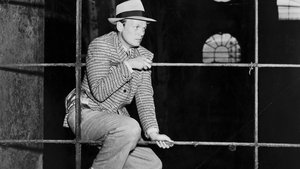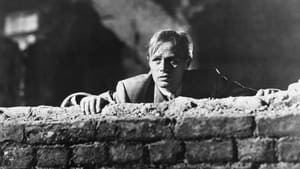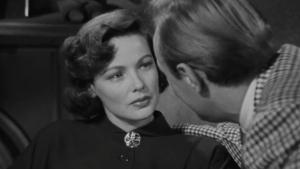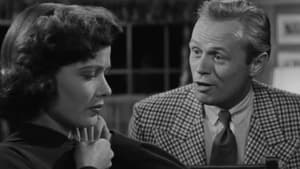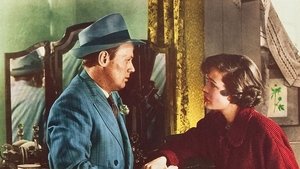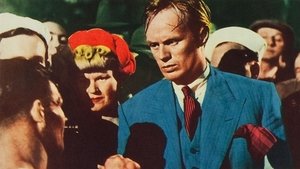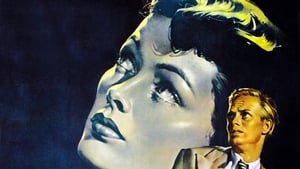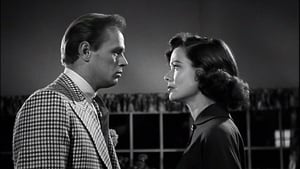Contact: [email protected]
Video Sources 0 Views

Synopsis
[ez-toc]




Introduction
In the ever-evolving landscape of cinema, the art of restoration and colorization plays a pivotal role in preserving the gems of the past. One such jewel is the classic noir film, “Night and the City Colorized,” a 1950 British masterpiece directed by Jules Dassin. The film, originally shot in black and white, has undergone a fascinating transformation through the meticulous process of colorization. This article delves into the making of “Night and the City,” exploring the significance of colorization, the visual elements of film noir, and the impact of restoration efforts on cinematic history.
Read Media File Transfer Agreement: Terms and Conditions
Read FAQ
The Making of “Night and the City Colorized”
Jules Dassin’s Noir Vision
“Night and the City Colorized” stands as a testament to the genius of director Jules Dassin. The 1950 British film, based on Gerald Kersh’s novel, follows the gripping narrative of Harry Fabian, a small-time hustler played with unparalleled intensity by Richard Widmark. Gene Tierney adds a touch of glamour as Mary Bristol, elevating the film’s allure. Dassin’s vision for the movie was clear – to create a dark, brooding atmosphere that encapsulates the essence of film noir.
Shepperton Studios, nestled on the outskirts of London, played a crucial role in bringing Dassin’s vision to life. The studio’s moody and atmospheric settings became the backdrop for the gritty urban landscape of post-war London, enhancing the film’s noir aesthetics. The collaboration between Dassin, the talented cast, and Shepperton Studios resulted in a film that has since become a cornerstone of cinematic history.
Exploring the Colorization Process
The decision to colorize a classic like “Night and the City Colorized” sparks curiosity and controversy. How does one infuse color into a world that was originally envisioned in shades of black and white? The process involves a blend of artistic interpretation and advanced technology. Colorization experts meticulously study the era’s fashion, architecture, and cultural nuances to authentically recreate the palette of the time.
Colorizing “Night and the City Colorized” was not without its challenges. The film’s original lighting, intended for black-and-white cinematography, posed difficulties in accurately replicating the intended mood and tone. However, modern technology, coupled with the expertise of colorization specialists, has made it possible to breathe new life into these old films.
The controversy surrounding color restoration often revolves around concerns of altering the filmmaker’s original intent. Detractors argue that colorization disrupts the authenticity of the film, while proponents see it as a way to make classic cinema more accessible to modern audiences. “Night and the City Colorized 1950” offers a unique opportunity to explore both perspectives.
The Significance of Visuals in Film Noir
Film noir, a genre synonymous with shadows, intrigue, and moral ambiguity, relies heavily on visual elements to convey its narrative. “Night and the City,” in its original black-and-white form, utilizes stark contrasts and moody lighting to amplify the sense of danger and suspense. The colorization process introduces a new dimension, allowing audiences to experience noir in a vibrant and evocative manner.
The allure of film noir lies in its ability to evoke emotions through visuals. The chiaroscuro lighting, the ominous silhouettes, and the rain-soaked streets – all these elements contribute to the immersive experience. Colorization, when executed thoughtfully, enhances these elements, breathing new life into the atmospheric world of noir.
Re-Evaluation of A Classic Masterpiece
The critical reception of “Night and the City” has evolved over the decades, reflecting changing perspectives on cinema and storytelling. Initially met with mixed reviews, the film has since garnered recognition as a cult classic among cinephiles. The performances of Richard Widmark and Gene Tierney, coupled with Dassin’s masterful direction, have contributed to the film’s enduring legacy.
As we revisit “Night and the City Colorized” in its colorized form, there is an opportunity for audiences to re-evaluate the film’s impact. The enhanced visuals provide a fresh lens through which to appreciate the nuances of the story, offering a new layer of engagement for both seasoned viewers and those encountering the film for the first time.
Case Study: Colorized Scenes in “Night and the City Colorized”
Examining specific scenes from the colorized version provides insights into the effectiveness of the restoration process. The vibrant hues used in key sequences accentuate the emotional intensity of the characters and the unfolding drama. For instance, the neon lights of the cityscape glow with an otherworldly brilliance, heightening the tension in moments of suspense.
However, it’s crucial to acknowledge that not every scene benefits equally from colorization. The debate between the original black-and-white aesthetic and the colorized alternative underscores the subjective nature of the viewing experience. Some may argue that certain scenes lose their impact when stripped of their monochromatic charm, while others may find the colorized version a refreshing take on a familiar classic.
Preserving Film History: The Role of Restoration Efforts
The importance of film restoration in preserving cinematic history cannot be overstated. As time takes its toll on old films, the risk of losing these cultural artifacts increases. Restoration efforts, whether in the form of digitization, colorization, or other techniques, ensure that future generations can experience the magic of classic cinema in a format that remains true to the filmmaker’s vision.
“Night and the City Colorized 1950” exemplifies the commitment to preserving film history. By embracing modern technology to breathe new life into this noir masterpiece, we not only honor the work of Jules Dassin but also introduce a timeless story to audiences who might otherwise overlook the black-and-white gems of yesteryear.
The Debate Over Authenticity: Original vs. Colorized Versions
The debate over the authenticity of colorized films persists, raising questions about the sanctity of the filmmaker’s vision. Purists argue that altering the original format compromises the integrity of the work. However, proponents of colorization contend that it provides a bridge between the past and present, making classic films more accessible to contemporary audiences.
It is essential to approach this debate with an appreciation for diverse perspectives. While some cinephiles cherish the untouched beauty of black-and-white classics, others find value in experiencing these films in a visually updated format. “Night and the City Colorized 1950” invites viewers to participate in this ongoing discourse, prompting a reconsideration of how we perceive and preserve cinematic history.
Conclusion
In the realm of cinema, the dichotomy between old and new, black and white versus color, continues to spark conversations and ignite passions. “Night and the City Colorized 1950” serves as a captivating case study in this ongoing narrative. As we navigate the intricacies of restoration, colorization, and the preservation of film history, it becomes evident that there is no one-size-fits-all answer.
The enduring appeal of classic films lies in their ability to transcend time and captivate audiences across generations. Whether viewed in its original black-and-white glory or through the lens of colorization, “Night and the City Colorized” remains a testament to the artistry of filmmakers who crafted stories that resonate across the ages. As we celebrate the legacy of old movies and old films, let us embrace both the authenticity of the past and the innovation of the present, ensuring that the magic of cinema continues to enchant audiences for years to come.
